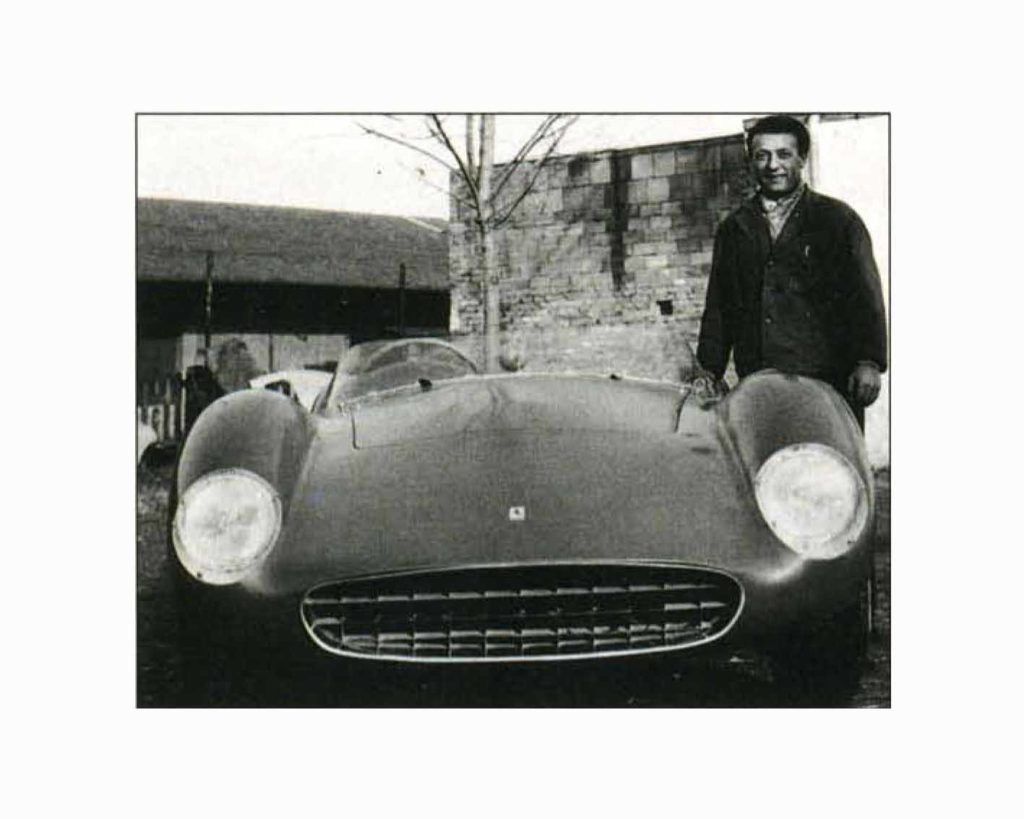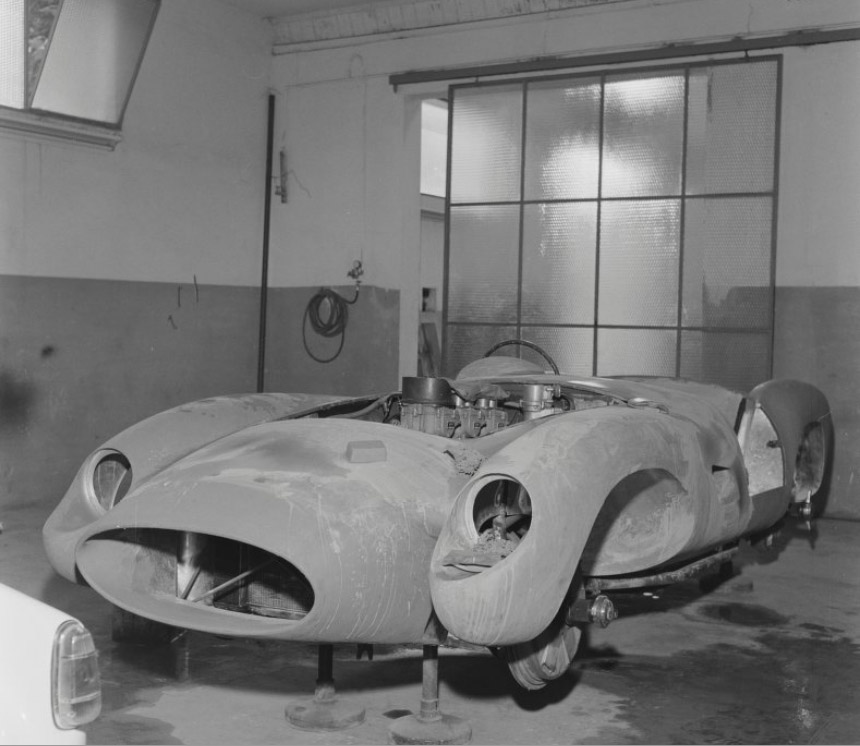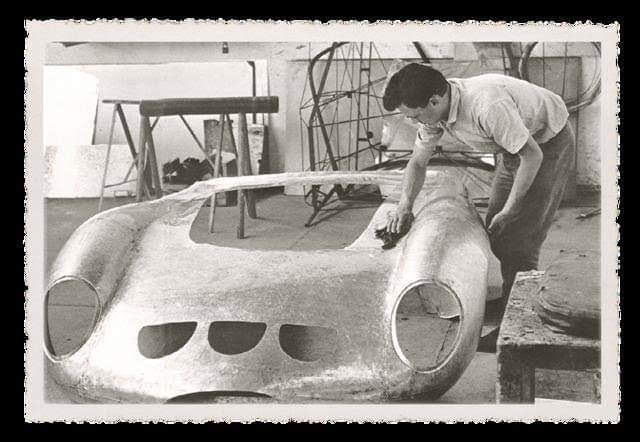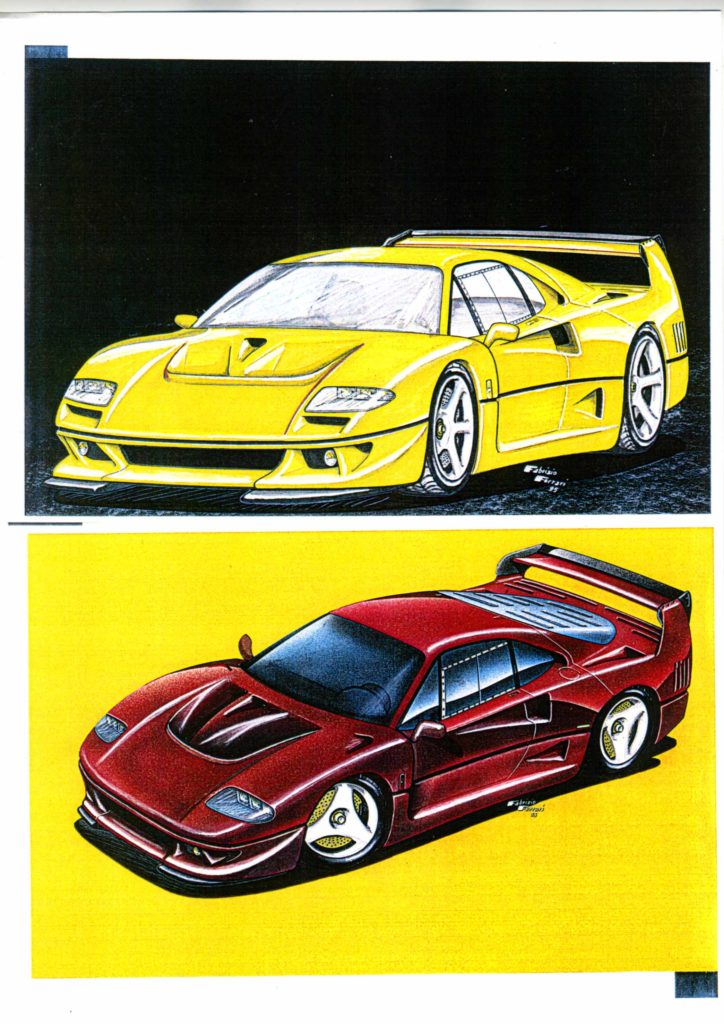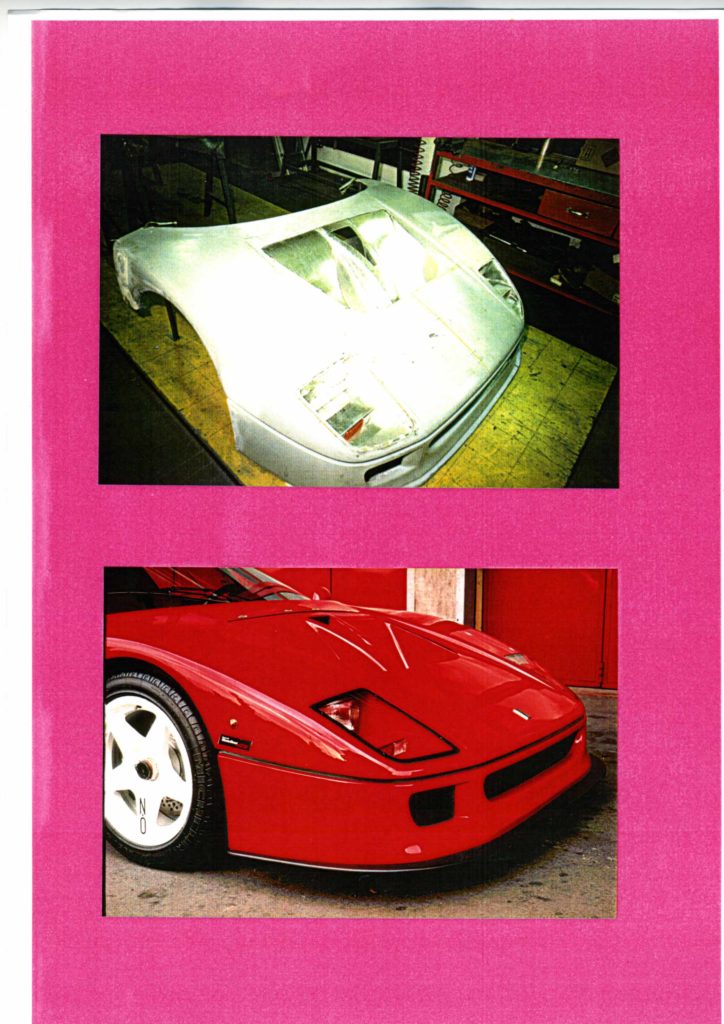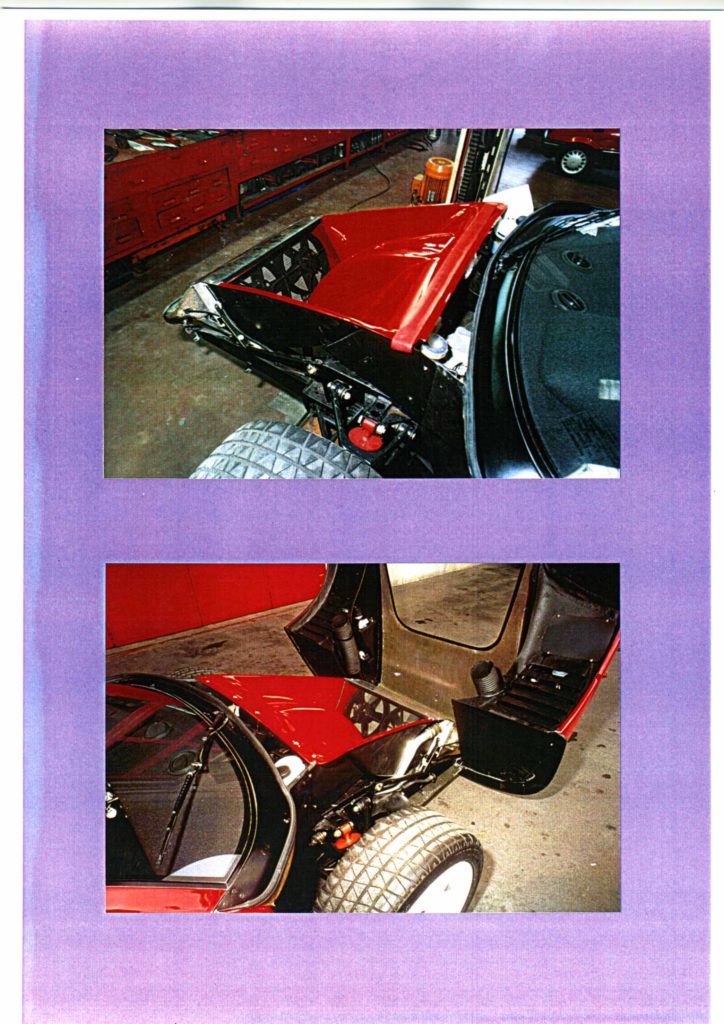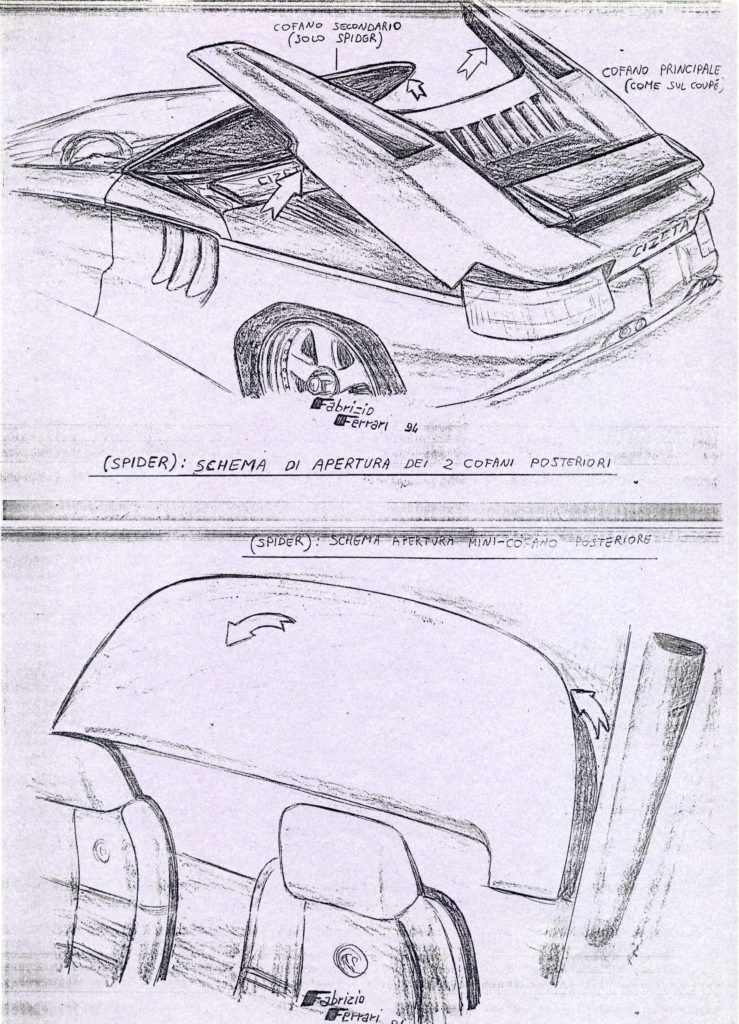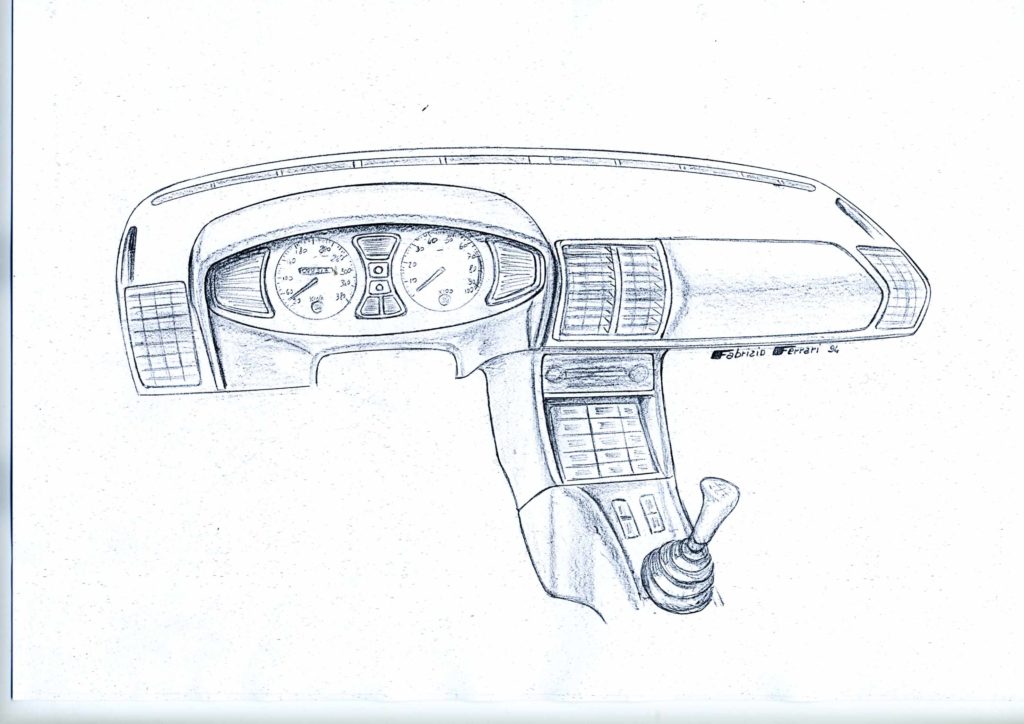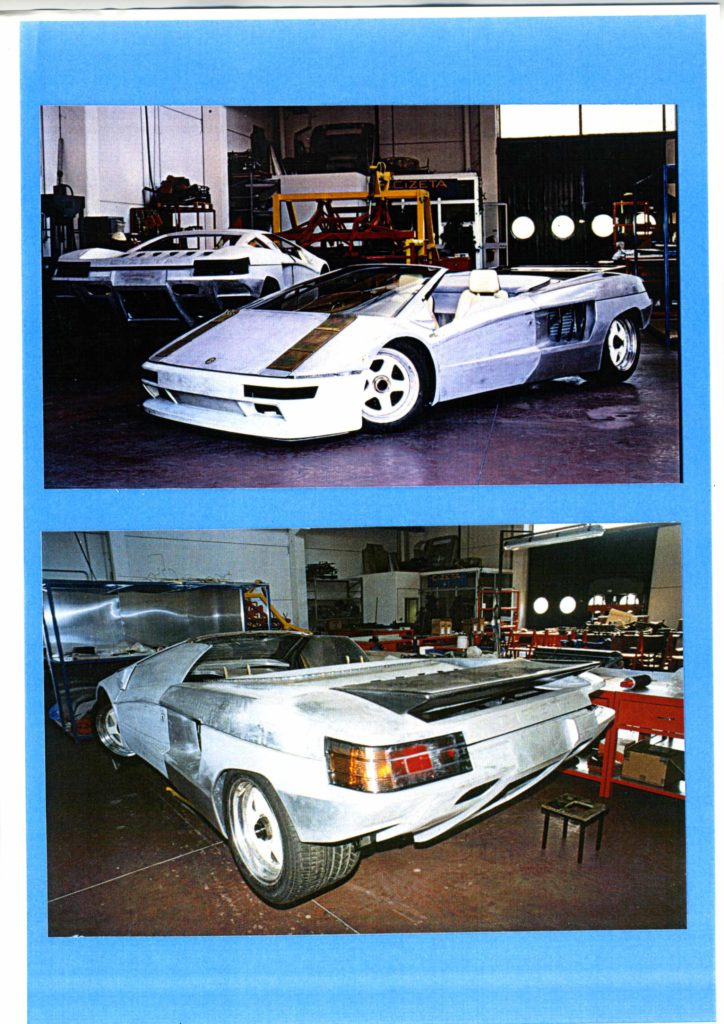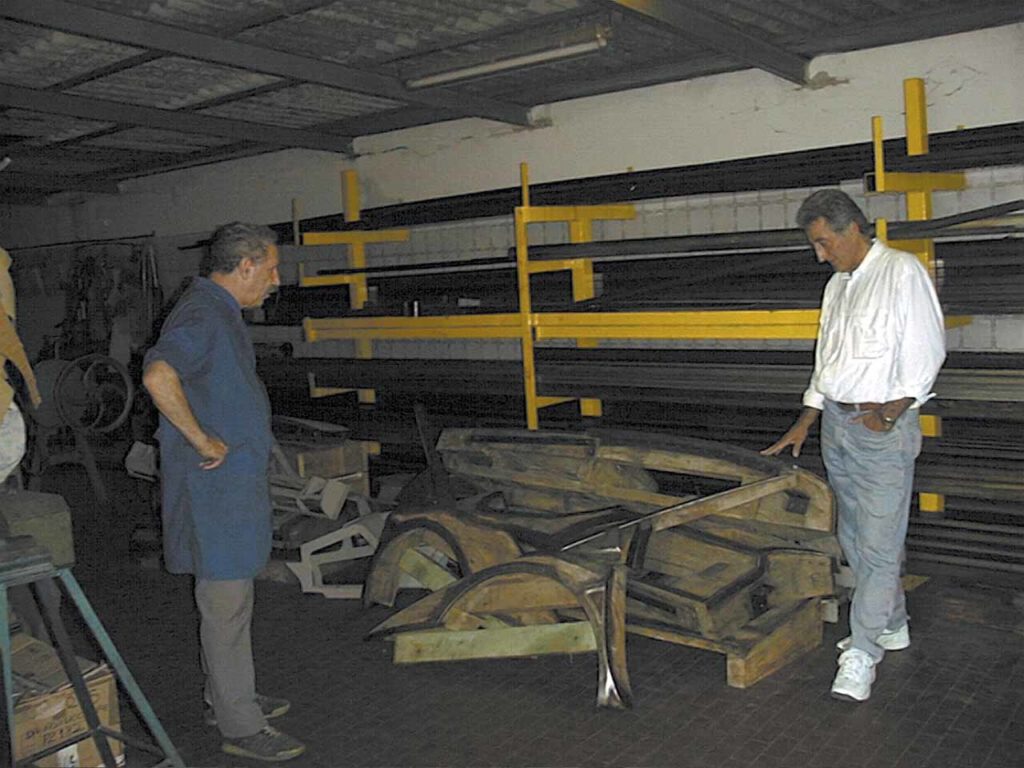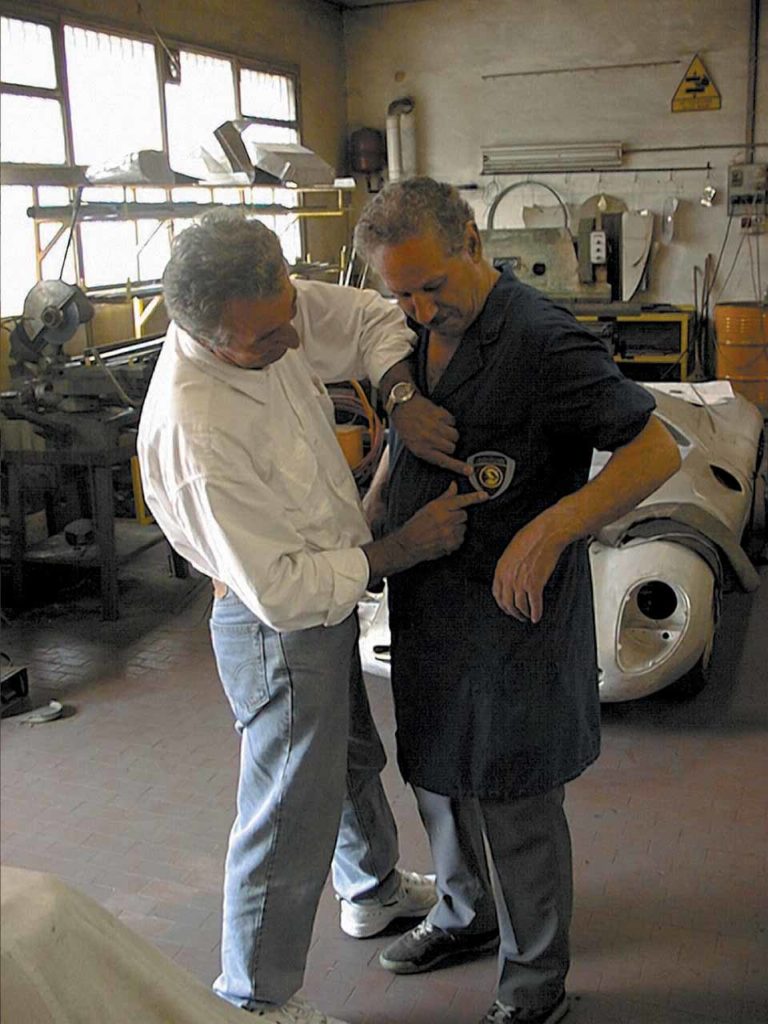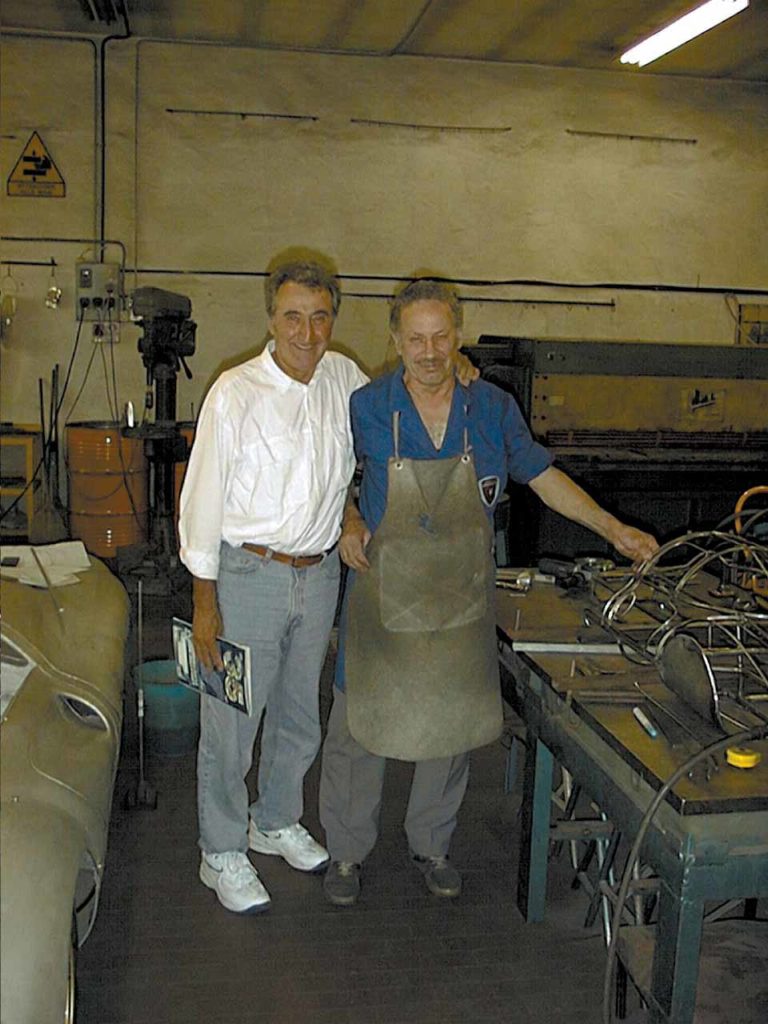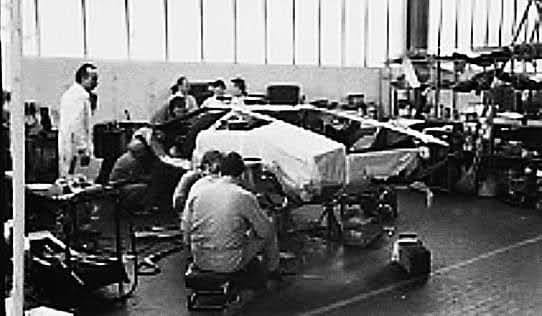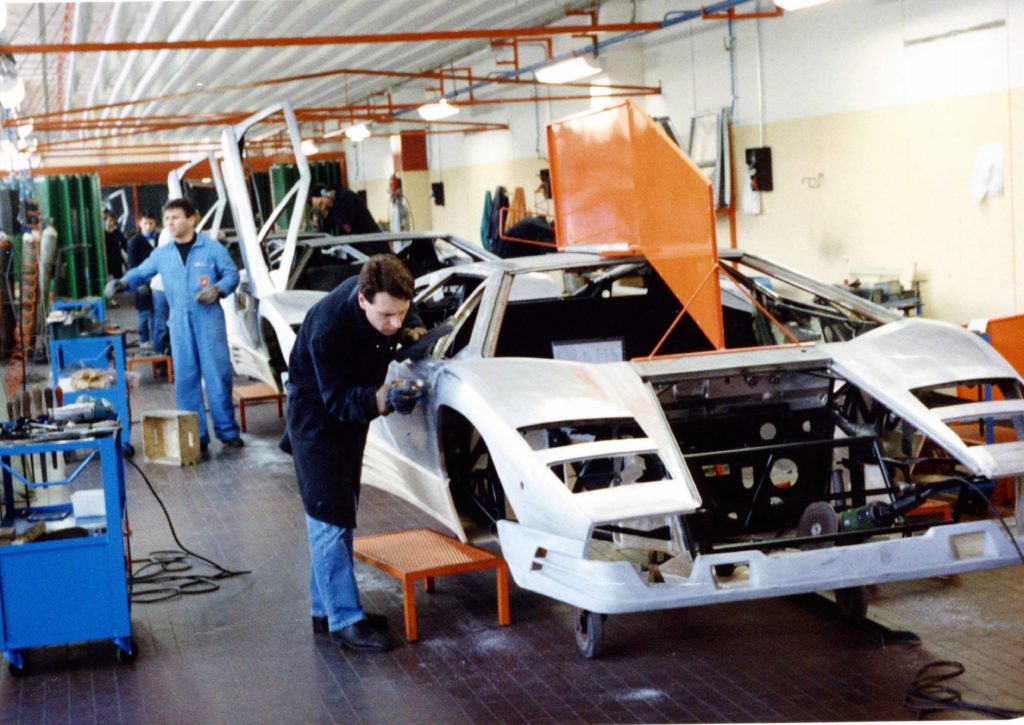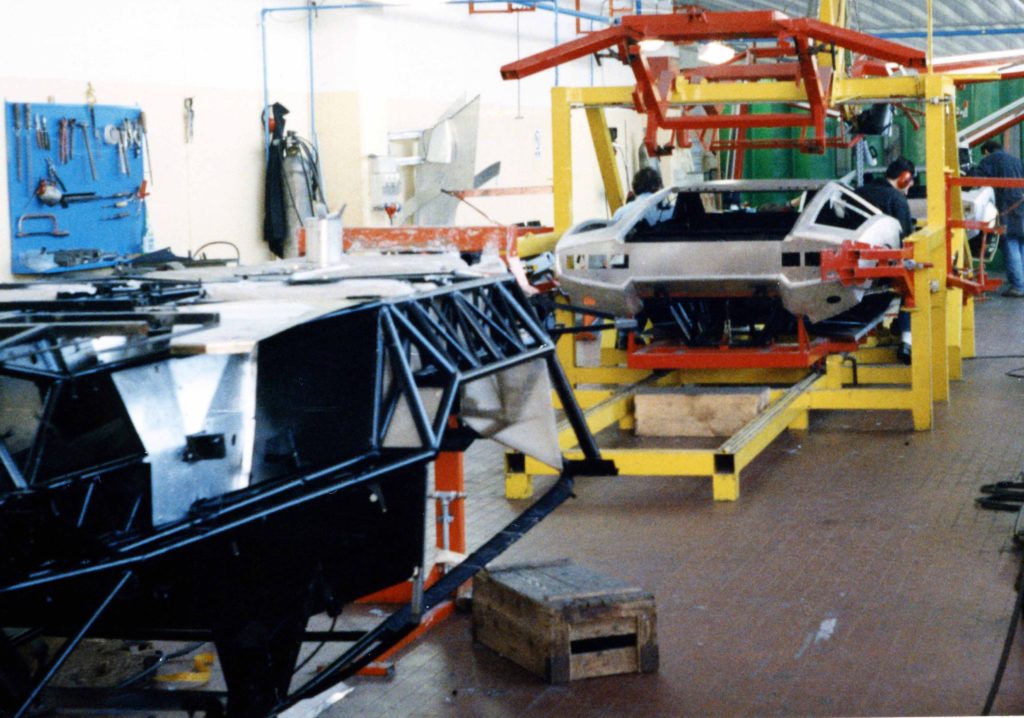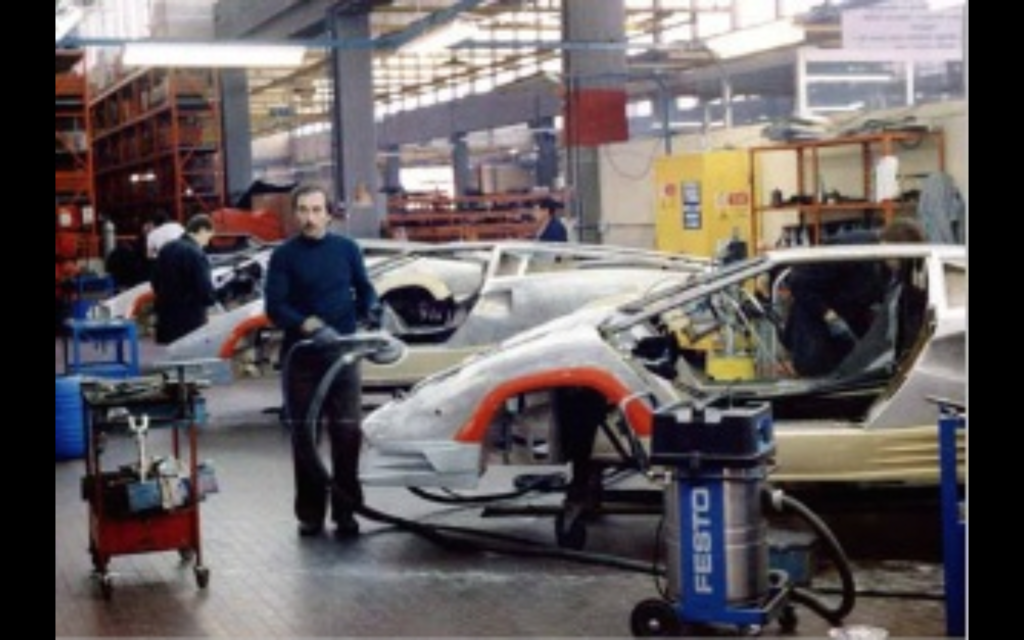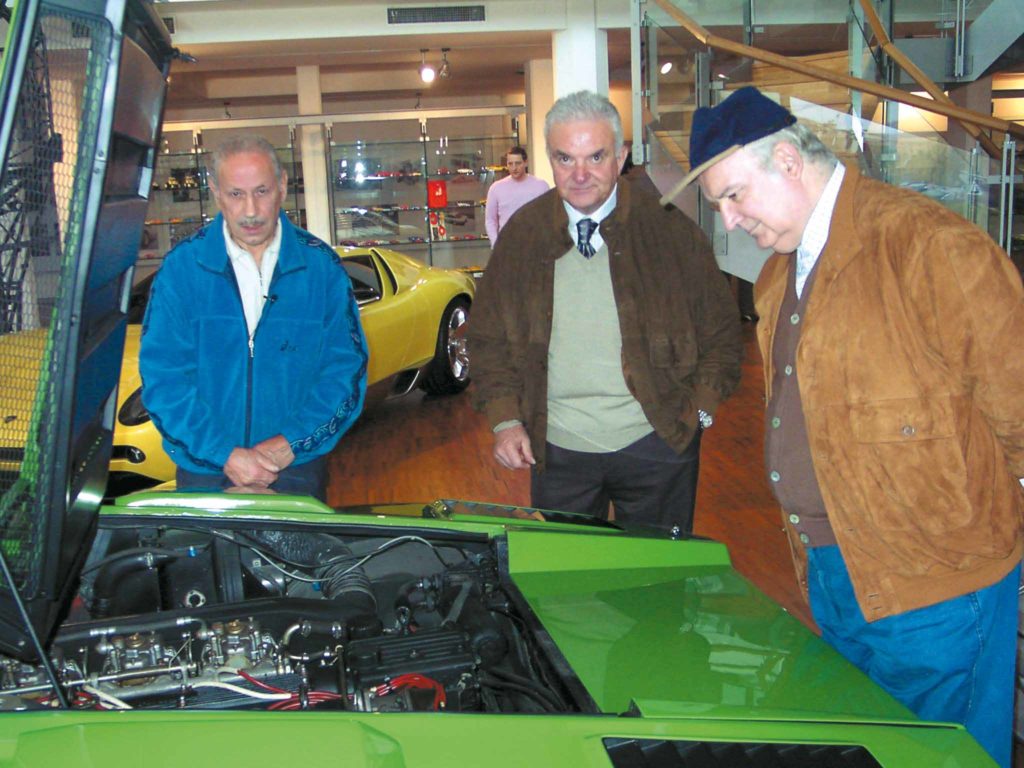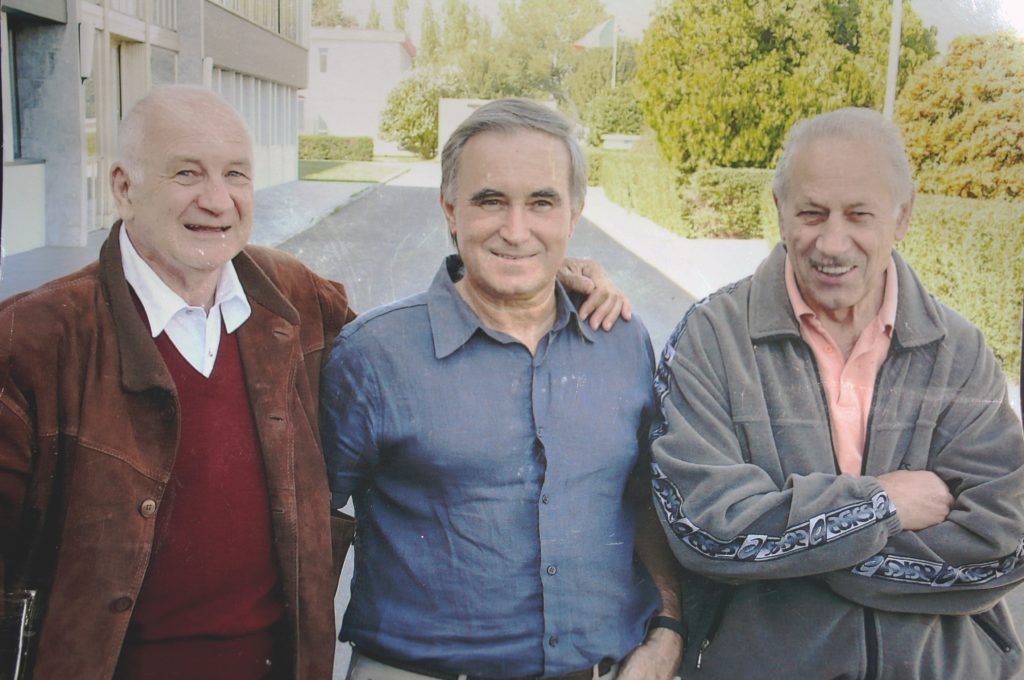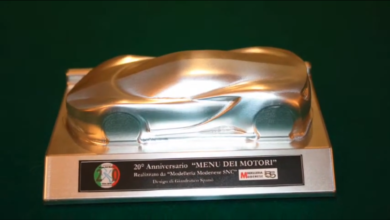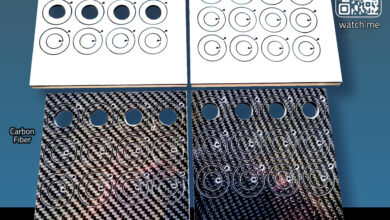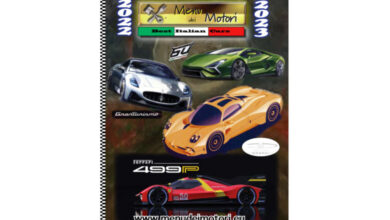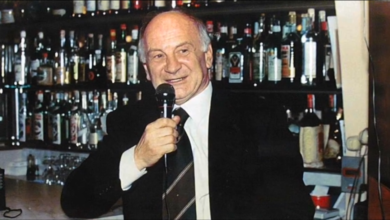Giancarlo Guerra, the “KING” of the Modenese panel-beaters passed away.
The “Master” of the Modenese panel beaters, he who saw his cars in three dimensions, even before having built them. With his skill he contributed to the greatness of Sergio Scaglietti and then also of Lamborghini, but not only. "Carlein" described by those who knew him well.
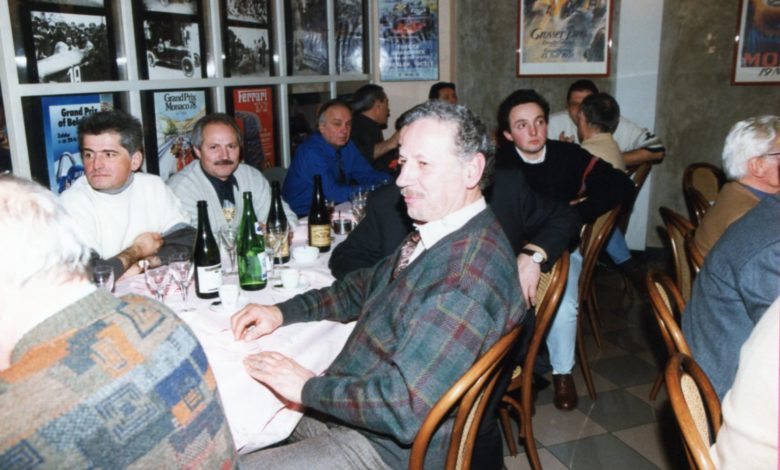
Original character, but also very direct, Giancarlo Guerra began his career at a very young age at Stanguellini and then at the historic Carrozzeria Campana in Modena, where he had learned the ancient and precious art of the “battilastra”.
But Giancarlo Guerra immediately loved his work; with his passion, as well as his natural predisposition, together with a proud, determined and decidedly independent character, soon made him go further.
The opportunity came when Guerra moved to Scaglietti, where he was able to show off his exceptional talent as a “designer”, directly on the “filon” (master of the bodywork in iron wires ) and on the metal panels of the racing and road Ferrari cars that Scaglietti usually coached for Enzo Ferrari.
I have been lucky enough to know him quite well over the past 30 years and also to collaborate with him as a designer.
I can assure you that it was a real pleasure to listen to him, also because his experience and his skills were truly incredible, even then, let alone today.
In particular, I remember a couple of episodes, from his period in Scaglietti, which he often told me and which, precisely for this reason, are now also part of my historical memory.
The first concerns the Ferrari 500 Mondial of the early 1950s: he always reminded me that he was not at all convinced of the solution of the front fenders with the headlights protruding forward. This architecture, which was the most popular at the time, did not convince him at all, especially in a racing car: it seemed not very harmonious and above all it didn’t help the aerodynamic penetration.
Against the opinion of Scaglietti himself, who feared a negative reaction from Enzo Ferrari, Guerra decided to move back the position of the light on the fender, thus creating a kind of niche inside which to house the same large round headlights, the only one available at the time, finally covering the niche itself with a transparent plexiglass panel. An absolutely unprecedented solution in that historical period (the fairing headlights of the Jaguar E Type and of the Ferrari 250 GTO itself, also built by Guerra, arrived almost a decade later, in the early 1960s). In the end he told me that even Ferrari himself, although initially disappointed, as Scaglietti feared, in the end approved Guerra’s autonomous decision and even complimented him.
It is no coincidence that with the 250 Testa Rossa, another famous racing car, Guerra went even further, not only contenting himself with fairing the headlights, but also separating the mudguards from the central car body, like a single-seater.
Another significant episode, in addition to the creation of the 250 GTO, starting from the first Bizzarrini prototype (which expressed the concept of aerodynamic evolution, but without the harmony of shapes of the final 250 GTO), was that of the Daytona Spider.
I remember that he often told me how that car, strongly desired by Luigi Chinetti, for the US market, had to be born in Pininfarina, where the design was created – by Eng. Leonardo Fioravanti – of the coupé from which it was to derive. But the problem was that Chinetti was in a hurry, having some customers who pressed him closely, while Pininfarina was asking for time, to adapt the design of the coupé to the spider version, which was neither immediate nor simple.
It was in this way that at Scaglietti, starting from a Daytona coupé under construction (even the coupé bodies were built at Scaglietti in Modena), Guerra developed, directly with the “filon”, the particular structure made of iron rod, on which support the panels of the body, the new rear of the future Daytona Spider, also adding the frame for the soft top, obviously removable by hand. When Luigi Chinetti, but above all Enzo Ferrari found themselves in front of the practically finished car, they could not help but approve the remarkable work of Guerra and so it was that all the limited Daytona Spider were born in that way at Carrozzeria Scaglietti in Modena.
After all, that Giancarlo Guerra saw things in 3D and drew directly with the “filon” and with sheet metal, I was able to verify it directly, almost 30 years ago. In fact, a French customer ordered a kit for a “Le Mans” racing version of his Ferrari F.40 from one of the famous craftsmen of Modena, former Sport Cars of Piero Drogo. I was commissioned by the same craftsman, Egidio Bonfatti, to create the design of the special version and so I did: faired headlights and no longer retractable, large extractor for the hot air of the radiator, on the front hood, rear wing in two parts, of which one of the two wings is adjustable, etc.
In charge of the construction of the “prototype”, it was Giancarlo Guerra himself, who at the time was still working, but as an independent, for various craftsmen and body shops in Modena. Well, so I presented to Guerra my first sketches, as approved by the client and by Bonfatti himself, reassuring him that, in a few days, I would also have the orthogonal projections in scale, with all the relevant sections: the so-called “plane of form”.
Well, a couple of days later, I returned to Modena with all my drawings and, to my great amazement, I saw all the body parts of the special F.40 LM that I had designed, perfectly made of aluminum and, most importantly, absolutely conform to what were my ideas proposed on the sketches then approved! Guerra, smiling, told me: “a tleva dit ca a gnera brisa bisoign”, or that: he told me that he didn’t need the quoted technical drawings at all; in fact, for him my sketches were more than enough and he already knew what to do!
ABSOLUTELY INCREDIBLE !!!
After all, that was not the only time that our professional paths also crossed and, each time, to my amazement but also satisfaction. More or less the same thing happened with the Cizeta Spider project, especially as regards the large rear hood; in the Spider divided into two parts that opened in opposite directions, to allow the assembly of the soft top. And again with the re-design of the dashboard by Cizeta itself. With Guerra I could be sure that a sketch or a simple draw, not even so detailed, was enough and he was already starting to create the piece or the bodywork, without any problem!
But the episode that really says a lot about the value of Guerra was with Ferruccio Lamborghini, who at the time – at the end of the 1960s – needed to start building the bodywork of his cars, directly in Sant’Agata. In practice Ferruccio “stole” Guerra from Scaglietti.
In fact, the Sant’Agata Bolognese house was still young at the time, until then it had entrusted the construction of the bodywork of its cars to the various body builders who had conceived the design.
He then made all the mechanics himself and then assembled it in Sant’Agata, on the finished bodywork that came from Turin (or Milan, the first ones).
So it was for the 350 and 400 GT (Touring Superleggera), then the Islero (Marazzi) and again for the Miura that Bertone made. With the imminent arrival of the Countach, which Bertone had built as a prototype (1971), Ferruccio wanted to make a change in his company in Sant’Agata. In fact, even Bertone herself declared that the car was just a show car prototype (a dream car, as it was called at the time), not easily industrializable, not even on a small series.
Instead Ferruccio decided to build it on his own in Sant’Agata, thus creating the first production line for body shops in his company. But to do this, especially with such a complex project and car – at the time the Countach was a real “UFO” on the road and only Ferruccio’s courage and resourcefulness could have imagined producing it as a road car – clearly Lamborghini, completely unfamiliar with the subject (they had never built body shops before), absolutely needed new, particularly skilled and qualified personnel. Thus it was that Ferruccio took on Guerra, attracted by the great opportunity to create a department from scratch and therefore surround himself with the right people to make it work properly.
The Countach was truly a complex car to produce, especially in those days, with the artisanal techniques and above all with the materials and production techniques of the time. But Guerra not only accepted the challenge with enthusiasm, but also knew how to surprise the Bertone technicians themselves, making a project that Bertone herself had declared difficult to implement, even in small series, achievable.
After so many years in Lamborghini, towards the end of the 1980s, Guerra was still attracted by the challenge launched by a former Lamborghini test driver and dealer, who had decided to set up his own business and found his own company in Modena. We are obviously talking about Claudio Zampolli and his Cizeta, where Giancarlo Guerra, between the end of the 80s and the early 90s, organized the production of all the body shops, always in collaboration with the same Modenese frame builders, with whom he already had collaborated at the time of the production of the Countach: The “Marchesi & C”.
After Claudio Zampolli also closed his Modena company, returning to the USA, Giancarlo Guerra spent the last years of his career as an independent, at the service of craftsmen and body shops who required his great contribution of experience and “design”. In particular, I found him for many years at the Stefano Allegretti body shop, where he restored and rebuilt “his” same Ferraris of the Scaglietti era: who better than him?
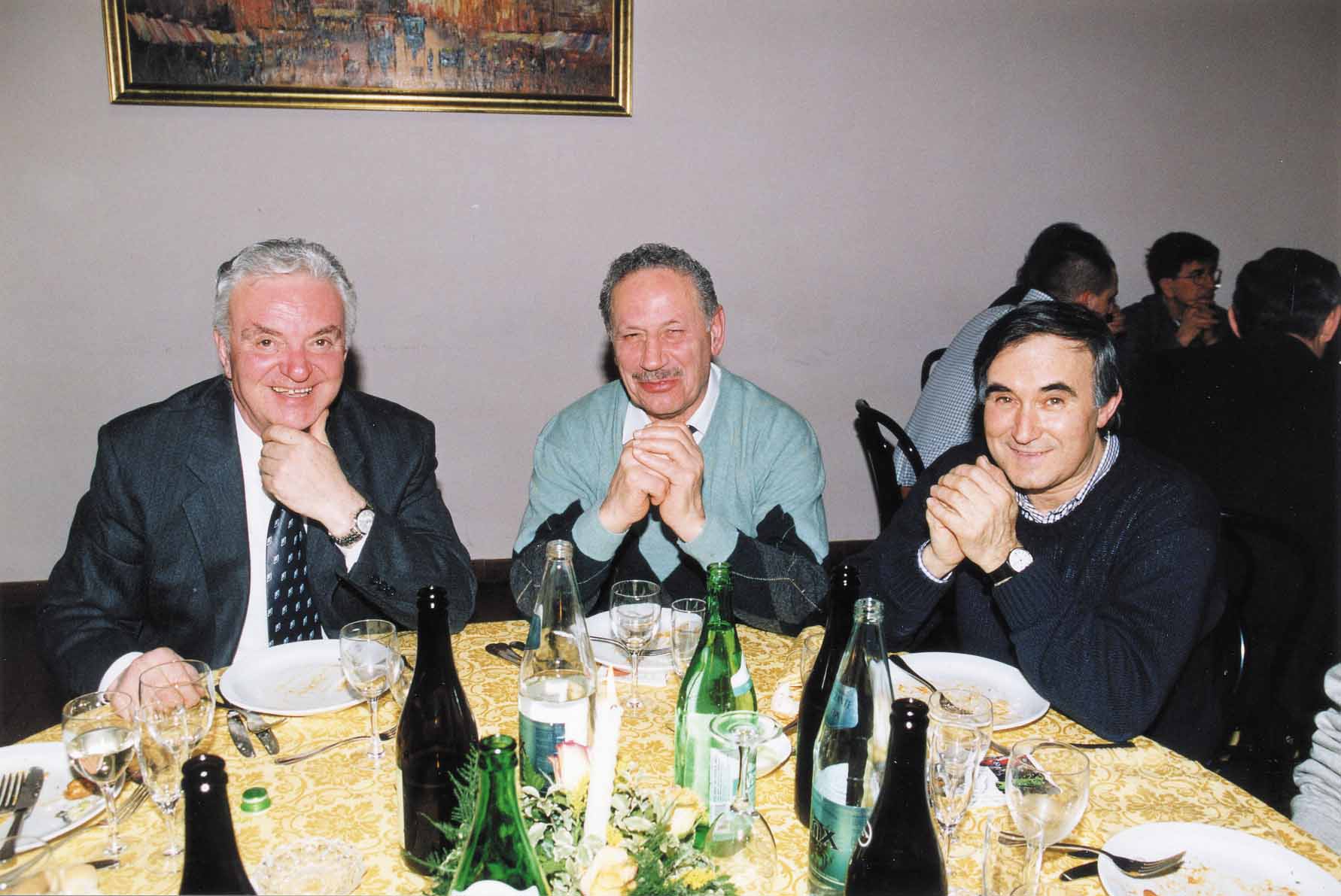
Furthermore, Giancarlo Guerra was also one of the great supporters and friends of the “Menu dei Motori” initiative: together with Sergio Scaglietti himself, Ferruccio’s son, Tonino Lamborghini and many others, he has always followed and participated in the various inaugurations of the famous yearbook of the “Pianeta Modena”.
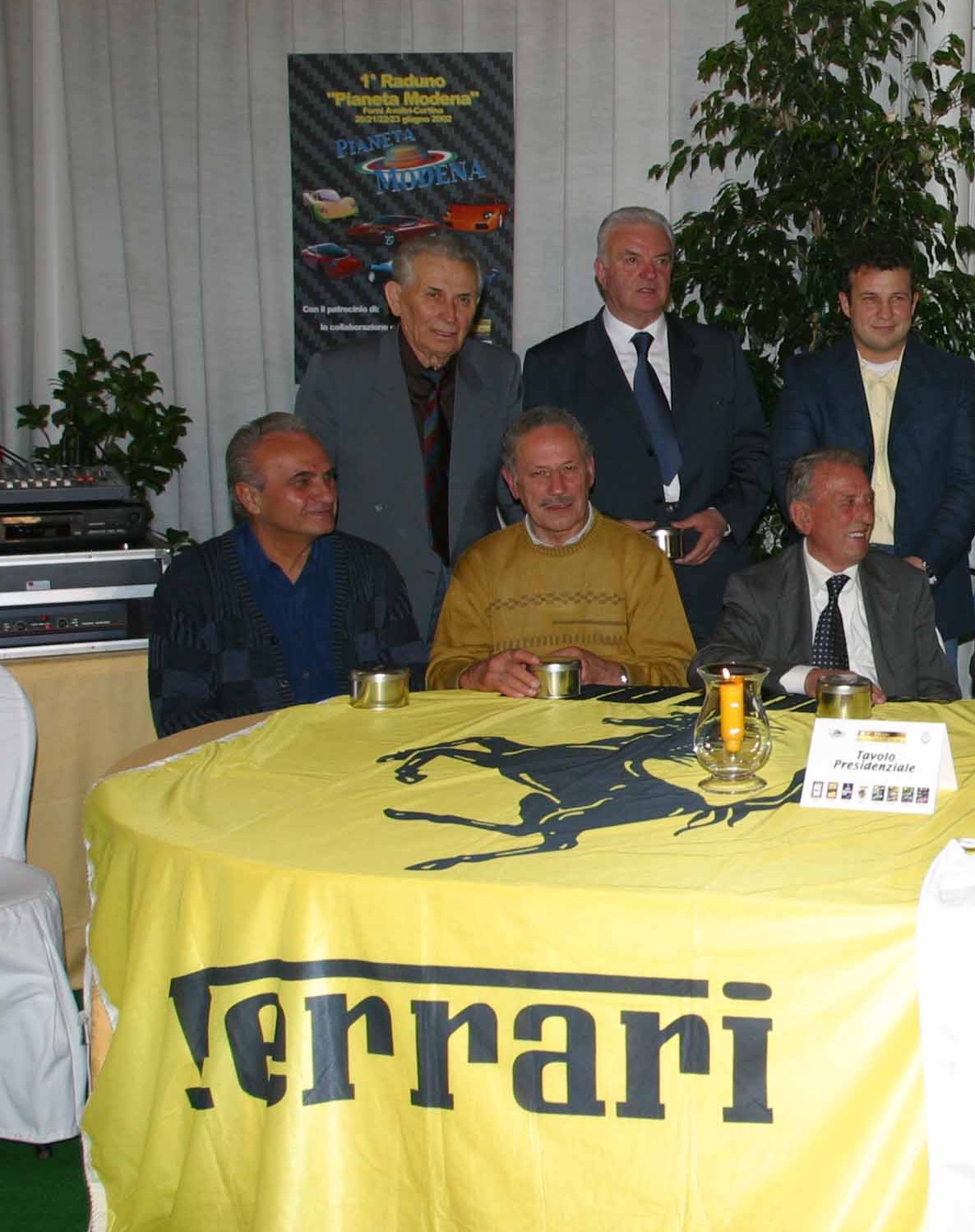
Truly a great man who has left us a wealth of knowledge and memories, but above all of the real art works of the Modena genius!
I’m sure he’s already back to discuss and implement new projects, with Sergio Scaglietti and Ferruccio Lamborghini!
By Fabrizio Ferrari


